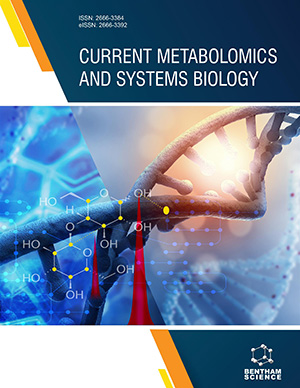Abstract
Graphene and its derivatives are being studied in almost all fields of science
and engineering. In recent decades, graphene has emerged as an exotic material and has
received considerable attention due to its exceptional physicochemical properties,
electron mobility, mechanical resistance, high surface area, and thermal conductivity.
Graphene has a flat monolayer of carbon atoms (2D structure). The carbon-carbon
bonds have sp2 hybridization and are arranged in a hexagonal crystal lattice in the form
of a honeycomb. It is the building block of all other graphite elements, including
graphite itself, carbon nanotubes (CNTs), and fullerenes. Herein, we present an
overview of graphene’s classification, structural characteristics, and its chemical,
physical, and technological properties. The synthesis routes are also classified
according to the graphene precursors. The vast majority of the methods (button-up and
top-down) currently used to obtain graphene and its derivatives are described. In
addition, we provide a brief overview of methods of functionalization of graphene. The
functionalization of graphene can be performed by covalent and non-covalent
modification techniques. In both cases, surface modification of graphene oxide
followed by reduction is carried out to obtain functionalized graphene.
Keywords: Allotropes, Graphene, Overview of graphene, Synthesis of graphene.






















